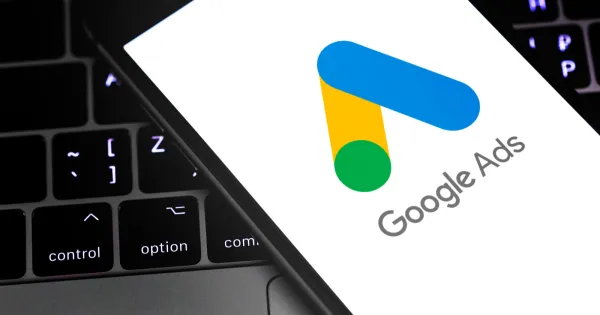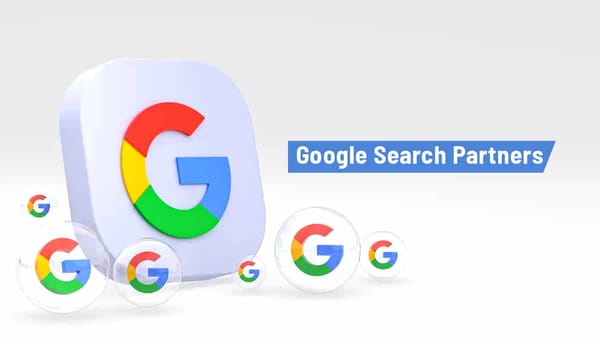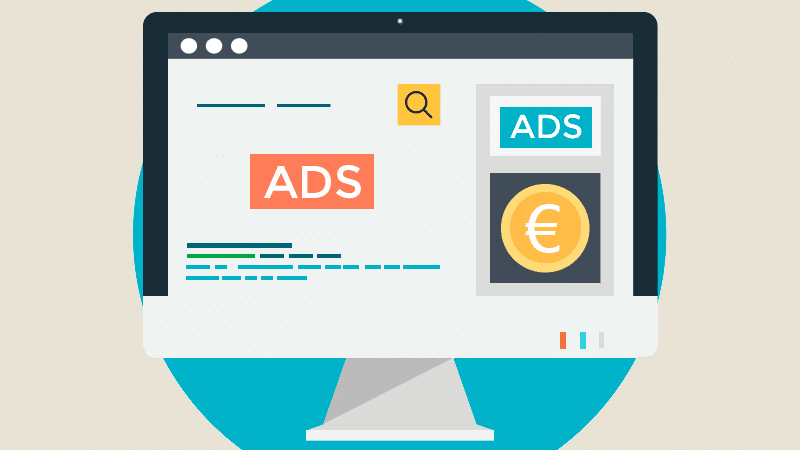Will Web Design Be Taken Over by AI? Examining the Future of Design Automation

Introduction
The rise of Artificial Intelligence (AI) has prompted many industries to rethink the way they operate. From automating customer service to analyzing big data, AI has already proven its potential to transform business practices. In the world of web design, AI tools have become increasingly prevalent, offering more efficient and automated solutions. But the big question remains: will web design be taken over by AI? In this article, we explore the role AI plays in the web design process, its limitations, and whether it can truly replace human designers.
The Role of AI in Web Design Today
AI-powered tools have made their mark in web design by automating certain tasks, simplifying the design process, and enhancing user experiences. Some notable examples include platforms like Wix ADI, Squarespace, and Bookmark’s AiDA, which use AI to create websites based on user input. These tools allow even individuals with no design experience to build functional websites in just a few clicks.
Key ways AI is impacting web design include:
- Automated Layout and Template Generation: AI analyzes user input and industry trends to generate customized templates and layouts that are optimized for user engagement.
- Content and Design Suggestions: Based on the type of business or website, AI tools can recommend color schemes, fonts, and images that align with the website’s goals.
- SEO and Performance Optimization: AI tools can suggest improvements to make websites faster, more user-friendly, and optimized for search engines.
- Personalization: AI is able to suggest personalized content based on user data, enhancing the experience for visitors.
While AI is certainly revolutionizing certain aspects of web design, its capabilities are still far from replacing the entire design process.
Why AI Won’t Completely Take Over Web Design
Despite the increasing capabilities of AI, there are several reasons why it is unlikely to completely take over web design. Here are some key limitations:
- Creativity and Innovation:
Web design is an inherently creative field. While AI can automate repetitive tasks, it cannot replicate the originality and creativity that human designers bring to the table. Designers have the ability to understand a brand’s unique identity, interpret client feedback, and come up with novel solutions that connect with users on an emotional level. AI may generate aesthetically pleasing designs based on pre-existing patterns, but it lacks the creative spark that makes a website stand out. - Understanding User Experience (UX):
One of the key elements of web design is ensuring a seamless user experience. This requires an understanding of how users interact with websites, how to present information in an intuitive way, and how to make a website enjoyable to navigate. While AI can analyze user behavior and suggest improvements, it does not have the nuanced understanding of human psychology that human designers do. - Brand Identity and Personalization:
Every business is unique, with its own goals, values, and target audience. Web designers work closely with clients to create customized designs that reflect these attributes. While AI tools can generate general templates, they cannot fully capture the essence of a brand or offer the same level of personalization that human designers can provide. - Complex and Custom Web Projects:
Larger and more complex web projects, such as e-commerce platforms or custom applications, often require advanced technical skills and a deep understanding of the client’s specific needs. AI may be able to create simple websites, but it struggles with handling the complexity and customization required for more intricate designs. Human designers, along with developers, are essential for executing these advanced projects. - Communication and Collaboration:
A successful web design project involves ongoing communication and collaboration between the designer and the client. Designers need to understand client feedback, make revisions, and ensure that the final product meets the client’s expectations. This collaborative process is difficult for AI to replicate, as it lacks the emotional intelligence and interpersonal skills necessary for such interactions.
How AI Can Complement Web Designers
While AI may not replace web designers, it certainly has the potential to enhance their work. Here are some ways AI can complement the web design process:
- Automating Repetitive Tasks:
AI can handle repetitive tasks such as layout creation, content placement, and responsive design adjustments. By automating these elements, designers can save time and focus on more creative and strategic aspects of the design process. - Data-Driven Design Decisions:
AI tools can analyze user behavior and site analytics, providing designers with valuable insights into what works and what doesn’t. This data-driven approach allows designers to make informed decisions that improve user engagement, conversions, and overall website performance. - Faster Prototyping and Testing:
AI can streamline the prototyping process by automatically generating multiple design variations for testing. This allows designers to rapidly experiment with different layouts and elements, speeding up the design process and helping to identify the best-performing design. - Personalization at Scale:
AI allows designers to create personalized experiences for users based on their browsing history and preferences. For example, AI can suggest personalized product recommendations on e-commerce websites or tailor content to specific user segments, providing a more engaging experience. - Cost-Effective Solutions for Small Businesses:
AI-powered platforms like Wix ADI and Squarespace make it possible for small businesses and individuals to create basic websites at a low cost. These tools offer a great solution for those who don’t have the resources to hire professional designers but still want a functional, attractive website.
The Future of Web Design and AI
The future of web design will likely be a hybrid model where human designers work alongside AI tools to create more efficient, innovative, and personalized websites. While AI will continue to play a bigger role in automating routine tasks and providing data-driven insights, the human touch will remain essential in designing websites that are truly unique, user-friendly, and aligned with a brand’s identity.
As AI continues to evolve, we may see even more advanced tools that enhance the design process. However, these tools will likely be used to augment the creativity and expertise of human designers, rather than replace them entirely. Web design will remain a combination of art and science, where AI assists in the technical and repetitive aspects, while human designers bring their creativity, problem-solving skills, and understanding of human behavior to create exceptional digital experiences.
Conclusion
AI is undoubtedly transforming the web design landscape, offering new tools that automate tedious tasks, enhance user experiences, and provide data-driven insights. However, AI is not ready to replace human designers entirely. The creative, strategic, and collaborative aspects of web design are still beyond the reach of AI. Instead, AI will complement human designers, allowing them to work more efficiently, enhance their creativity, and deliver more personalized, user-centric websites.
The future of web design lies in the collaboration between AI and human creativity, where both work together to craft websites that are innovative, functional, and engaging.




